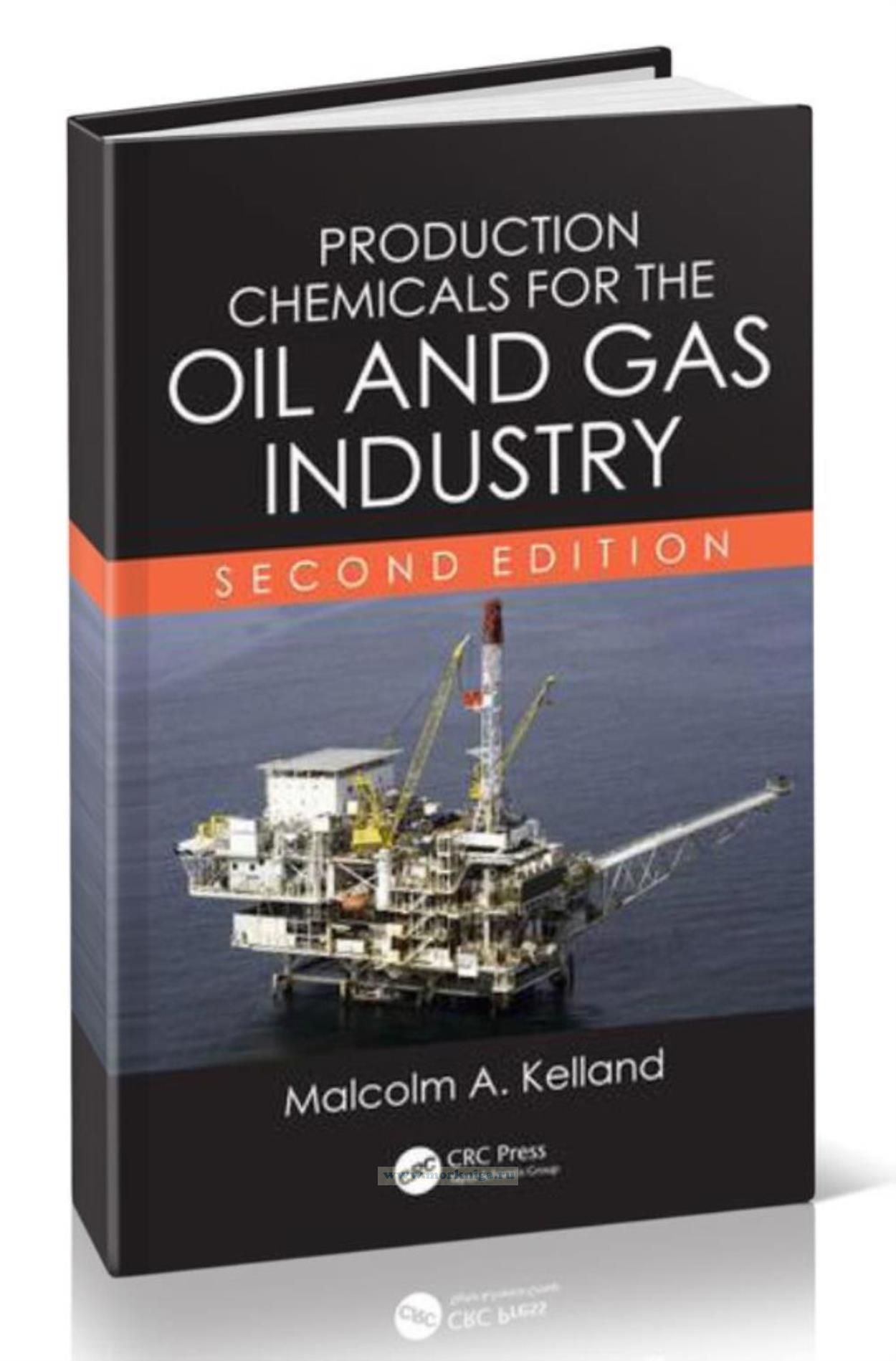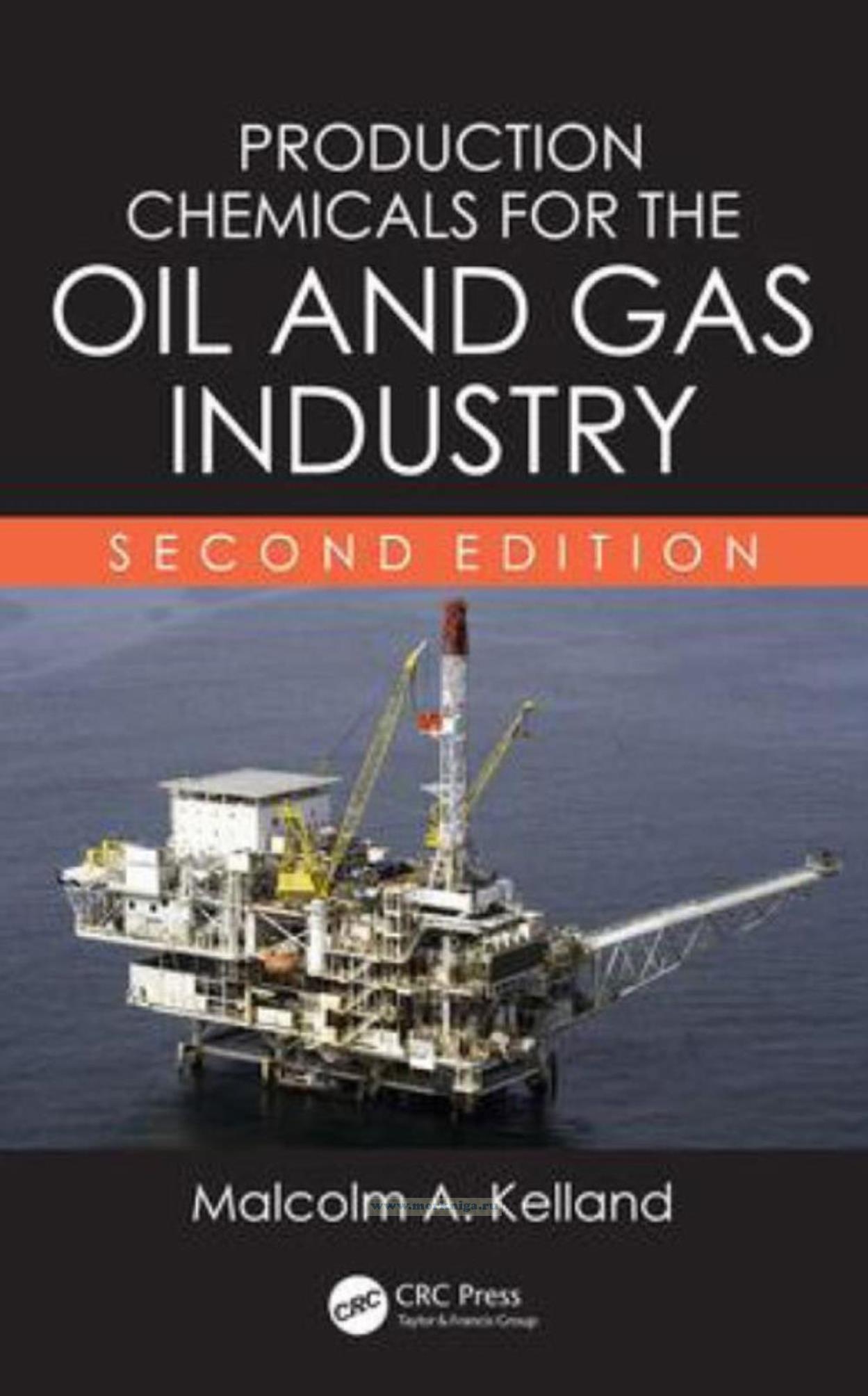Сб с 10 до 16
Production Chemicals for the Oil and Gas Industry/Производство химикатов для нефтегазовой отрасли
Издание на английском языке
This book is an overview of production chemicals and does not discuss the actual handling and application of the chemicals in the laboratory or field.
Contents
Preface
Author Biography
Chapter 1. Introduction and Environmental Issues
1.1 Production Chemistry Overview
1.2 Factors That Affect the Choice of Production Chemicals
1.3 Environmental and Ecotoxicological Regulations
1.4 Designing Greener Chemicals
1.5 Mercury and Arsenic Production
References
Chapter 2. Water and Gas Control
2.1 Introduction
2.2 Resins and Elastomers
2.3 Inorganic Gels
2.4 Cross-Linked Organic Polymer Gels for Permanent Shut-Off
2.5 Viscoelastic Surfactant Gels
2.6 Disproportionate Permeability Reducer or Relative Permeability Modifier
2.7 Water Control Using Microparticles
2.8 Gas Shut-Off
References
Chapter 3. Scale Control
3.1 Introduction
3.2 Types of Scale
3.3 Nonchemical Scale Control
3.4 Scale Inhibition of Group II Carbonates and Sulfates
3.5 Sulfide Scale Inhibition
3.6 Halite Scale Inhibition
3.7 Methods of Deploying Scale Inhibitors
3.8 Performance Testing of Scale Inhibitors
3.9 Chemical Scale Removal
References
Chapter 4. Asphaltene Control
4.1 Introduction
4.2 Asphaltene Dispersants and Inhibitors
4.3 Low Molecular Weight, Nonpolymeric Asphaltene Dispersants
4.4 Oligomeric (Resinous) and Polymeric AIs
4.5 Summary of ADs and AIs
4.6 Asphaltene Dissolvers
References
Chapter 5. Acid Stimulation
5.1 Introduction
5.2 Fracture Acidizing of Carbonate Formations
5.3 Matrix Acidizing
5.4 Acids Used in Acidizing
5.5 Potential Formation Damage from Acidizing
5.6 Acidizing Additives
5.7 Axial Placement of Acid Treatments
5.8 Radial Placement of Acidizing Treatments
References
Chapter 6. Sand Control
6.1 Introduction
6.2 Chemical Sand Control
References
Chapter 7. Control of Naphthenate and Other Carboxylate Fouling
7.1 Introduction
7.2 Naphthenate Deposition Control Using Acids
7.3 Low-Dosage Naphthenate Inhibitors
References
Chapter 8. Corrosion Control during Production
8.1 Introduction
8.2 Methods of Corrosion Control
8.3 Corrosion Inhibitors
8.4 Film-Forming Corrosion Inhibitors
References
Chapter 9. Gas Hydrate Control
9.1 Introduction
9.2 Chemical Prevention of Hydrate Plugging
9.3 Gas Hydrate Plug Removal
References
Chapter 10. Wax (Paraffin) Control
10.1 Introduction
10.2 Wax Control Strategies
10.3 Chemical Wax Removal
10.4 Chemical Wax Prevention
References
Chapter 11. Demulsifiers
11.1 Introduction
11.2 Methods of Demulsification
11.3 Water-in-Oil Demulsifiers
References
Chapter 12. Foam Control
12.1 Introduction
12.2 Defoamers and Antifoams
References
Chapter 13. Flocculants
13.1 Introduction
13.2 Theory of Flocculation
13.3 Flocculants
References
Chapter 14. Biocides
14.1 Introduction
14.2 Chemicals for Control of Bacteria
14.3 Biocides
14.4 Biostats (Control “Biocides” or Metabolic Inhibitors)
14.5 Summary
References
Chapter 15. Hydrogen Sulfide Scavengers
15.1 Introduction
15.2 Nonregenerative H2S Scavengers
15.3 Summary
References
Chapter 16. Oxygen Scavengers
16.1 Introduction
16.2 Classes of Oxygen Scavengers
References
Chapter 17. Drag-Reducing Agents
17.1 Introduction
17.2 Drag-Reducing Agent Mechanisms
17.3 Oil-Soluble DRAs
17.4 Water-Soluble DRAs
References
Appendix 1: OSPAR Environmental Regulations for Oilfield Chemicals
A.1 United Kingdom and the Netherlands North Sea ECOTOX Regulations
A.2 Norwegian Offshore ECOTOX Regulations
References
Index

